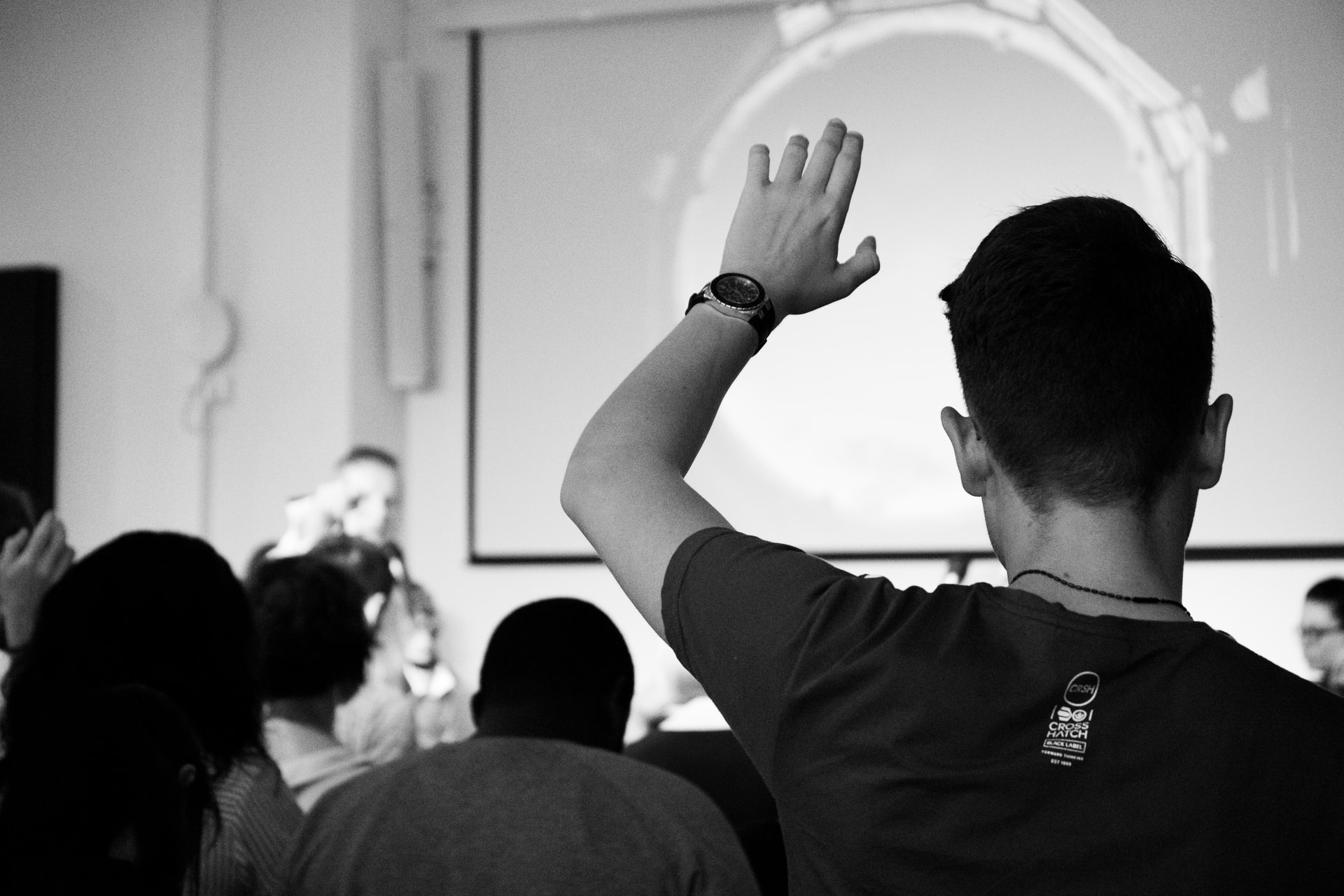By encouraging the active use of student-generated content in L2 courses, Anna Cellinese (ITA) seeks to engage her students in Critical Pedagogy, defined by Johnson & Randolph (2015) as “… any classroom practice that addresses difference, power, or social stratification in the classroom or in the world” (p. 36). She provides here a description and rationale for this perspective, along with suggestions for implementation in a remote L2 course.
Critical pedagogy and Intercultural Communicative Competence fall under the umbrella of Social Justice, whose aim is to pedagogically challenge and re-think the social status quo, and to prepare students to reflect and act in response to social inequities.
“In order for students to be convinced of their own empowerment, the value of their contributions to knowledge must be evident in all aspects of the course, including classroom discussion, assignments, and assessments.” (p. 34)
Johnson & Randolph, p. 37
In applying the principles of Critical Pedagogy, student-generated content is crucial, since it models egalitarian and democratic principles of knowledge. As in a F2F context, students in a remote L2 classroom can actively take part in:
- Being the source of knowledge by creating cultural content. Have students work independently or in groups to research authentic material on a selected topic of the syllabus– articles, videos, poetry, films, comics, etc. Ask them to create a comprehensive activity to follow up. Have students share their work. This practice will enhance students’ awareness and knowledge of the topic and it will create further opportunity to share different cultural and pedagogical approaches among the students. They will get to know each other better through their own cultural assignments and will experience “their ability to teach cultural content using the target language and to evaluate the effectiveness of their teaching.” (Johnson & Randolph, p. 37)
- Creating counterpoint resources to challenge the authentic material provided by the instructor. Have students research and provide additional resources that support or challenge the main ideas presented in class discussion. If, for example, the class explored the concept of migration through a series of articles presented by the instructor, ask students to strengthen or challenge the discussed perspective through different mediums such as newsreels, photo reportage, films, comics, TV shows etc. Ask students to
form debate groups
present the material through statements that describe their reinforced or different perspectives
provide examples from their selected material by circulating the material prior to the debates moderated by the instructor.

Granted, these practices require robust technological support, in order to assure the smooth transmission of the shared materials, both synchronously and asynchronously. The instructor should make sure that:
- all the material researched and/or created by students (both individually or in groups) will be posted and accessed on Canvas prior to class time;
- the entire class has access to the Share Screen function;
- all students have enabled sounds at all times;
- shared content and live video of the speaker(s) are displayed simultaneously;
- Breakout Rooms can be used for the preparation of the debate sessions. (For now, Zoom cannot support an actual debate session; but conferencing software such as Sococo can do so, and may be available soon for use within Canvas.)
References & Resources
Johnson, S. M., & Randolph, L.J., Jr. (2015). Critical Pedagogy for intercultural communicative competence: Getting started. The Language Educator, 10(3), 36-39.
Norton, B. & Toohey, K. (2004). Critical pedagogies and language learning. Cambridge: Cambridge University Press.
Osborn, T. (2006). Teaching world languages for social justice: A sourcebook of principles and practices. Mahway, NJ: Lawrence Erlbaum Associates.
